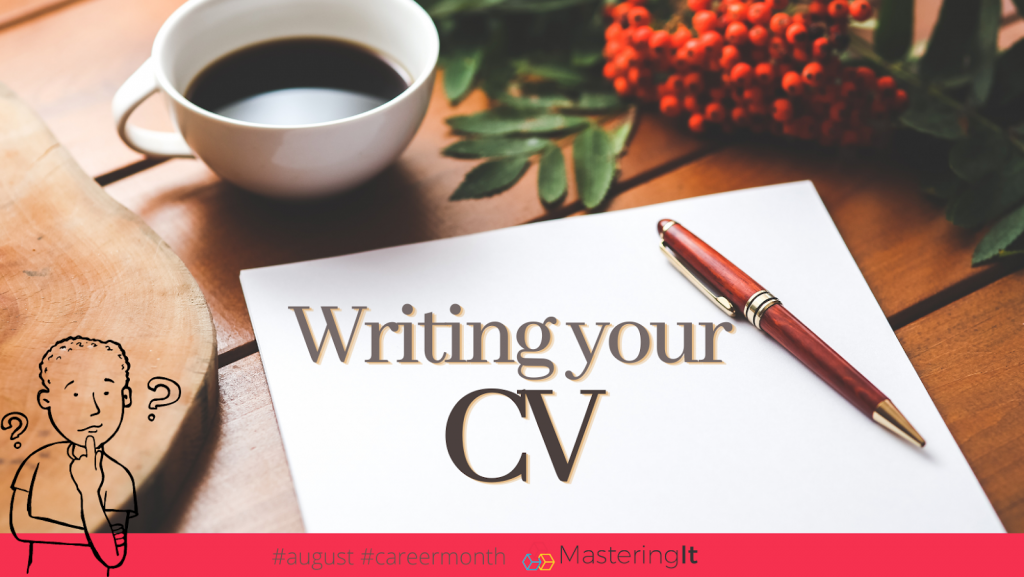Your CV is the first step in any interview process, so it needs to set you apart from other applicants and leave a lasting impression on the interviewer. An untidy or disorganised CV probably won’t make it through 10 seconds of review, even if you are a good candidate for the job!
Many CV’s severely let people down. Missing information, untidy documents, or unstructured sections immediately convey a lack of effort or enthusiasm, which is not the first impression most of us would like to give to our potential interviewer. Why is something as simple as a CV what trips us up when applying for a job?

Therefore, we need to take the time to check our CVs for that competitive edge and holistic picture of who we are. However, contrary to popular belief, it doesn’t have to be complicated, and it doesn’t have to be fancy.
Here are some of our top tips:
- Use a simple and elegant template. There are loads of free templates on Google that allow you to simply copy-paste your information in. No fuss. No spending hours on Word trying to keep your text boxes in line — and yet, the interviewer will be thoroughly impressed by your neatness and professionalism.
- Include a photo. This isn’t a must, but it’s always nice to put a face to the name. Please do not use your Whatsapp profile pic or an obviously cropped picture of you with your friends. Most pharmacies and photo shops offer packages of ID photos for a small amount. These look very professional and are perfect for CVs and other application documents. Just be sure to look neat and tidy — and smile!
- Include a short summary of yourself at the beginning of your CV, including who you are, what you do, and what your interests are.
- Include all experience you have. Yes, ALL. Any volunteering you’ve done, job shadowing, school groups you were a part of, that 5km charity run you did. All these details add up to give the interviewer a broader understanding of who you are.
- Use sections to organise your areas of experience. For example, have seperate sections for education, work experience, community service and hobbies/interests.
- Lastly, don’t forget to include contact information, languages you are proficient in, and references.
Make sure all of this fits on a maximum of 2 pages, in a clear font, and most importantly: run it through a spellchecker!
And may you find yourself having success in every application you send your CV in for!







